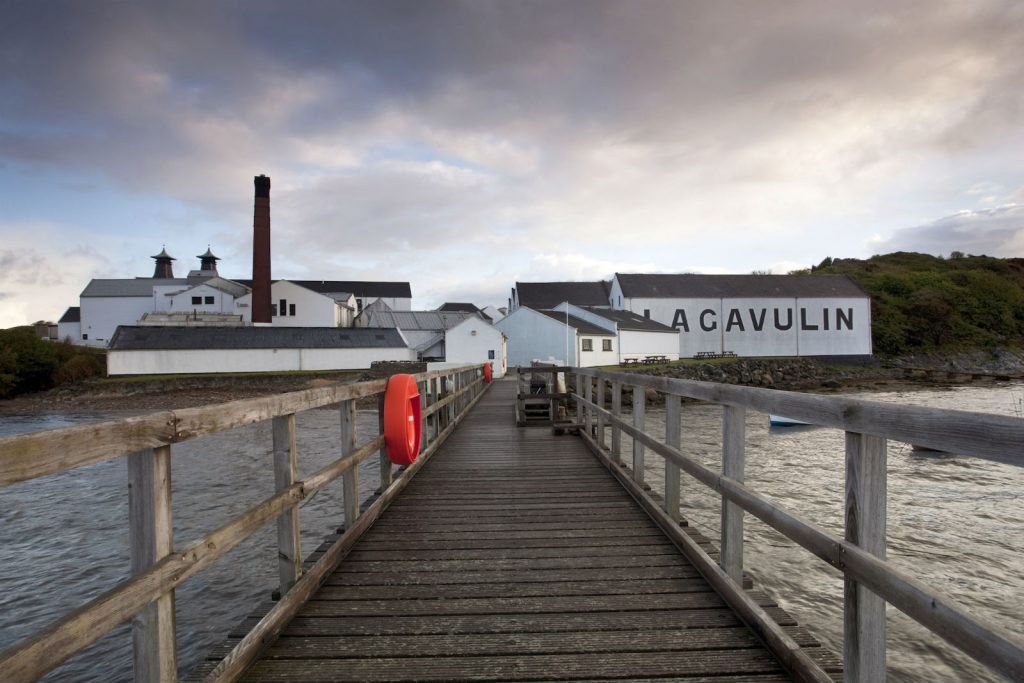Interview: Bruichladdich Master Distiller Jim McEwan
How life on the isle of Islay, Scotland inspired a famed master distiller to help resurrect the historic whisky distillery

Sharing a glass of Bruichladdich Islay Barley 2006, master distiller Jim McEwan marvels over the oil content in the class. After decades at Bowmore and garnering countless awards, McEwan was tasked to reopen Bruichladdich in 2000 and restore some hope and much needed jobs in Islay, Scotland. At a recent tasting in Los Angeles, in anticipation of the release of their heavily peated Octomore 6.3 Islay Barley and Port Charlotte Islay Barley, McEwan shares his more than 50 year journey from being a wide-eyed boy growing up in the close-knit island community to being a leading master distiller and educator in the world of whisky.
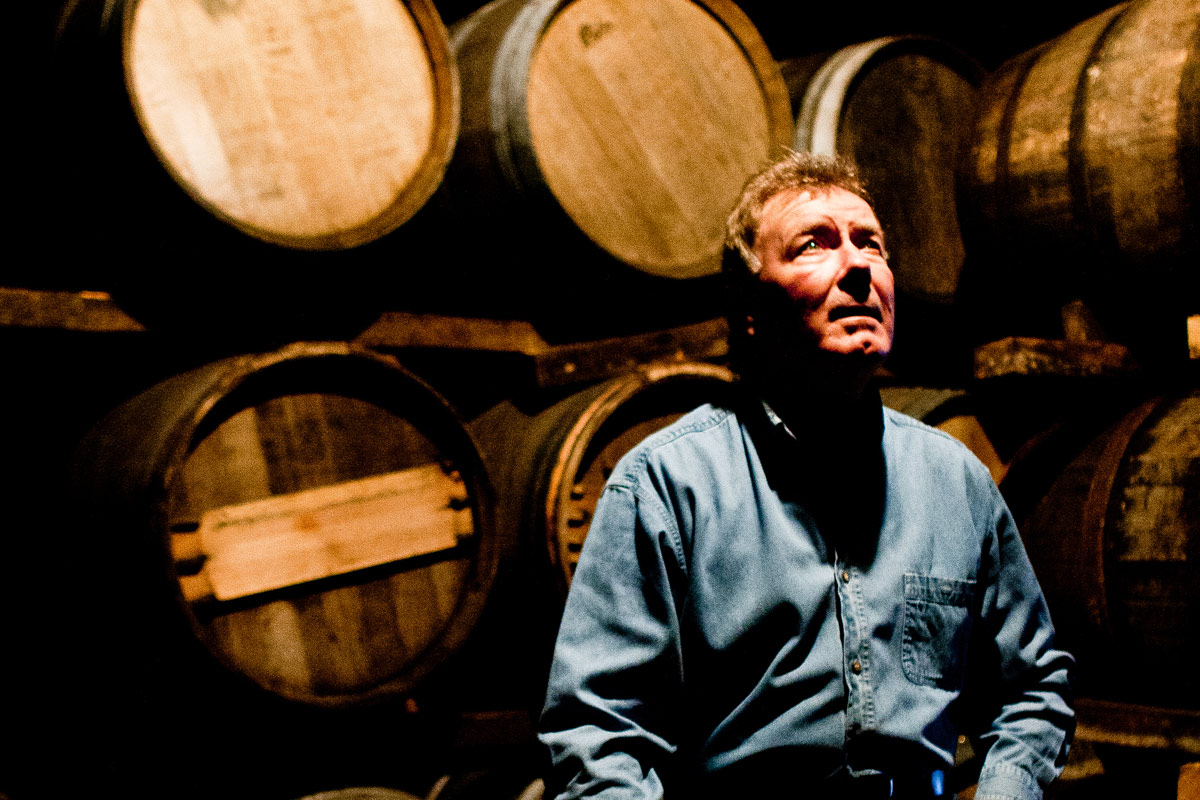
McEwan remembers as a child seeing the steam and the flames in the cooperage and watching the men swinging large hammers. He started as a cooper making whisky casks, then learned mashing and distilling. In the small island community when someone is sick, everyone pitches in and learns to do all of the jobs. At 22 years old, McEwan became a cellar master responsible for filling the casks and maturing the whisky. In Glasgow, he learned about nosing and eventually became a chief blender. McEwan moved back to Islay to take over as general manager of Bowmore, winning “distiller of the year” three times and traveling the world teaching about the process of making whisky.
In 2000, while living back in Glasgow, McEwan got a call asking if he would return to Islay to reopen the Bruichladdich Distillery. Not only did McEwan take on the formidable challenge, he added elements that would help jumpstart new business and jobs on the island. McEwan increased the output of barley production on the island, with numbers still rising. He shared his thoughts with CH on the relaunch of Bruichladdich, his traditional approach to making whisky, and why he committed to this exacting barley to bottle endeavor.
Why did you want to take on the challenge of reopening Bruichladdich?
I knew Bruichladdich well. It was directly across the bay from me at Bowmore. It broke my heart when it was closed down. The distillery looked like a bomb site. They had produced a fabulous whisky. It was never recognized as a single malt because everything that was made there was sold to blenders. It never had a chance to shine on stage. So it was a Cinderella whisky that had never gone to the ball. All of the big guys were going to the ball, Laphroaig, Lagavulin, Bowmore. So my head was telling me, no don’t go, but my heart was saying go. So you follow your heart. After 38 years with Bowmore, I went to Bruichladdich.
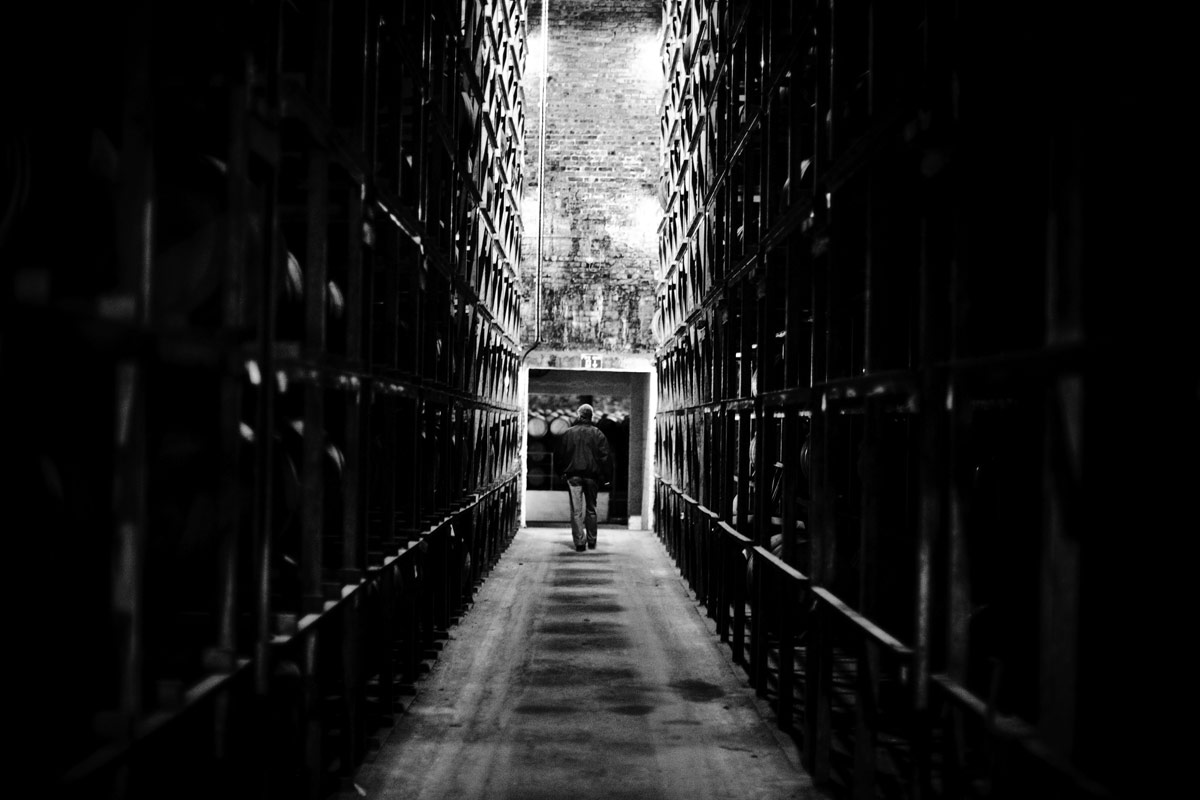
There were some stocks left. The buildings and equipment were a mess, but as I walked through I realized there was something there. There was a spirit. There were ghosts walking the floor. I thought, ‘It is going to take a lot of work, but you will go to the ball.’ The response from the guys who had been sacked was amazing. The phone never stopped ringing. They would tell me, I used to work in the distillery, I would really love to come back. It was really quite emotional. They walked through the distillery gate and went back to the same seats. Boots they had taken off ten years earlier were still there. The jackets were still on the nails. Everybody worked hard. In 2001 we made whisky again.
What was your plan for making whisky at the new incarnation of Bruichladdich?
We did not want to use artificial coloring. No E150. What nature gives me I give you. We did not want to chill filter the whisky and take the natural oil out of it. We decided to bottle at 50%. Generally everybody chill filters and takes the oil out, which is the heart of it.
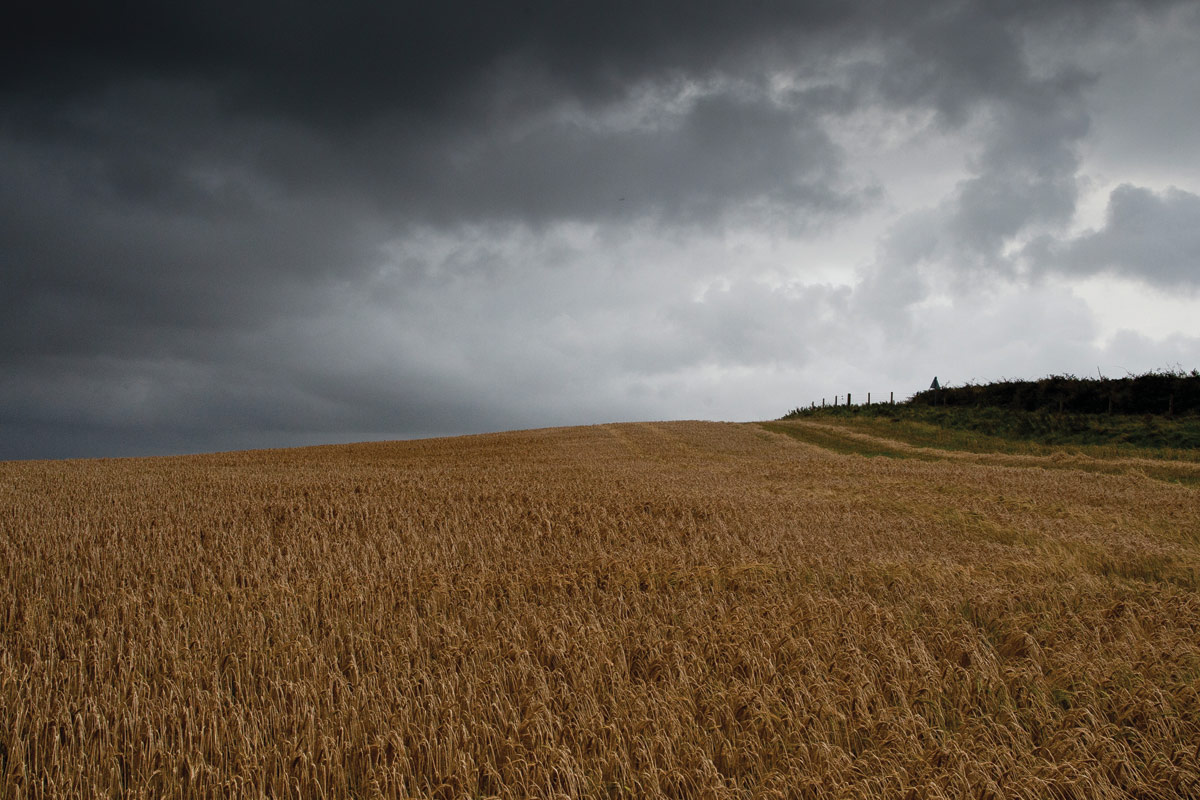
How do you encourage Islay farmers to grow barley?
We sponsor them financially. We helped them to buy equipment. Now we have many farmers doing barley for us for the first time. The last time whisky was made from Islay barley was 1913. In 1914 they went to war. All of the land had to be used for growing potatoes to go feed the troops. When they did come back barley was not grown again. Islay barley is special because the nearest landfall is Nova Scotia. We have huge seas pounding onto our island. The salt gets into the soil. The tiny barley plants put their roots down deep and the winds come up so they don’t blow away. Islay barley is phenomenal.
Have you added new technology to the process of making Bruichladdich?
We wanted to keep the original equipment. No computers. Not even a calculator. Made by hand. We have whiskies made by people who know what they are doing. What’s great is that we now have over 80 people and some amazing young guys working in the distillery. We are passing down skills to them.
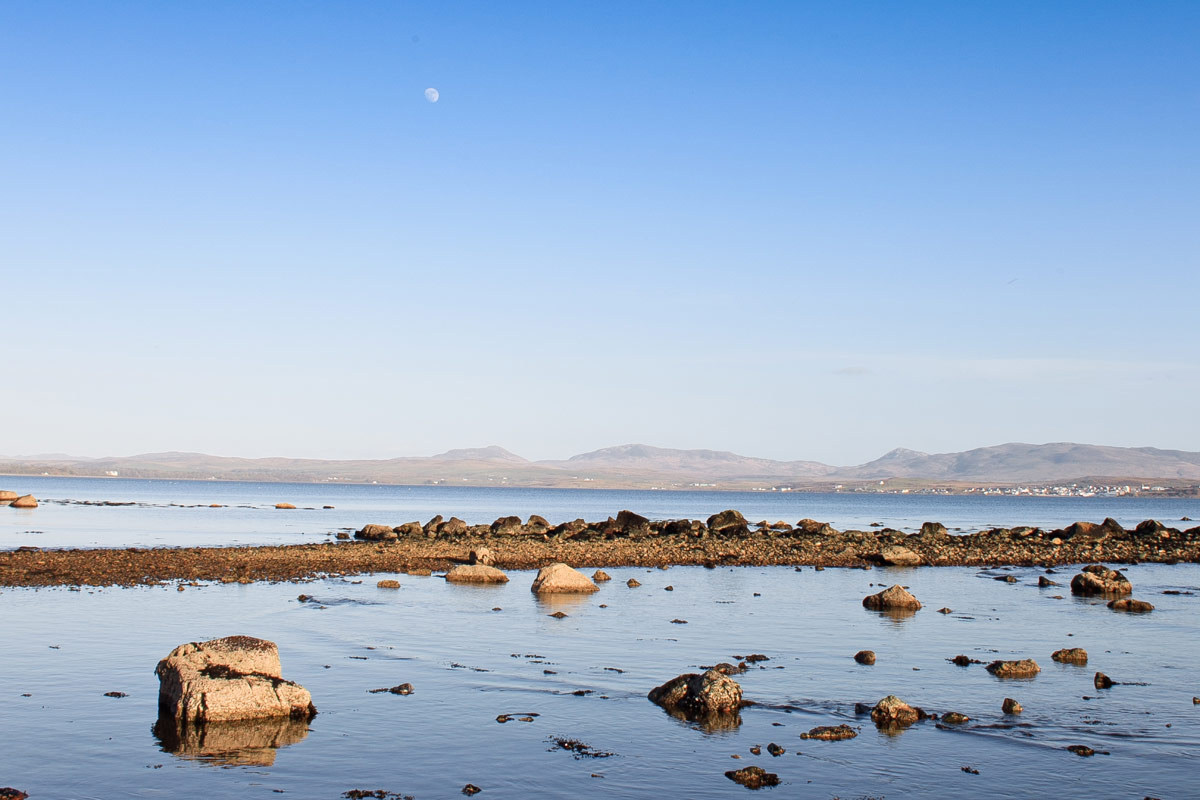
Are you surprised the young people want to come learn the job of making whisky?
It has been a big surprise. I am absolutely thrilled. Our latest recruit is a young guy called Josh Wood. He was the highest prizewinner in the history of Islay High School. His choice of university could have snatched him up. Now he is mashing and distilling. And he is 19 years old. We have a lot of young people coming in. This is great for the island. You see the cars coming around the bay. People are now buying houses here. Young couples are getting married. The secret is to just go back to the way it was done before. It is our aim to get you the most pure honest delicious whisky that we can. We also make Botanist gin, while we wait for the whisky to mature.
What is most rewarding part of your job?
To see young people working, following on, and staying on the island. Our population has dropped from 15,000 to 3,500. People have to go to Scotland and other countries for jobs. We may never have 15,000 again, but we are going the right way now. You see all of these ladies working in the bottling hall. Ladies that did not have a job and are now working in a high speed bottling hall and sending whisky around the world. We all get together for parties and you look at the happiness in their faces. We are a family. We have come through this together. We struggled and struggled, but our heads never went down. There is always tomorrow.
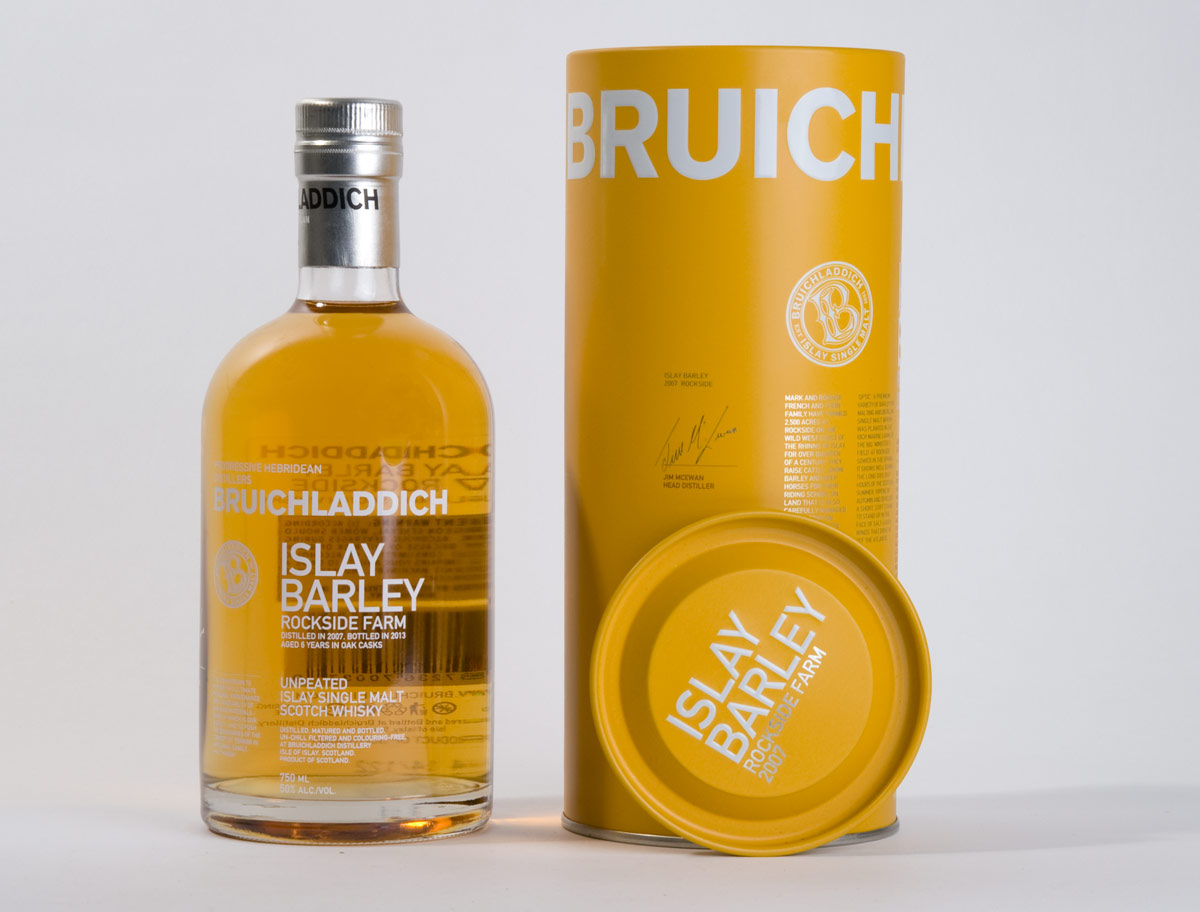
How many people run and work in the barley fields in Islay for Bruichladdich? Do you personally spend time there?
The first Islay grown malting barley was harvested at Kentraw in 2004 by Raymond Stewart. He is the farm manager at the Foreland Estate, owned by The Macaire family. Since 2004 a steadily increasing number of farmers and farms have become involved. Last year, 2014, eleven separate farms grew barley for us on Islay. Their main interest is in supporting Bruichladdich and helping reinforce the idea of Islay grown barley around the world. Most of us spend time on the farms, in the fields, watching the crops develop with the seasons and there is a great sense of anticipation and excitement when the harvest starts to come home.
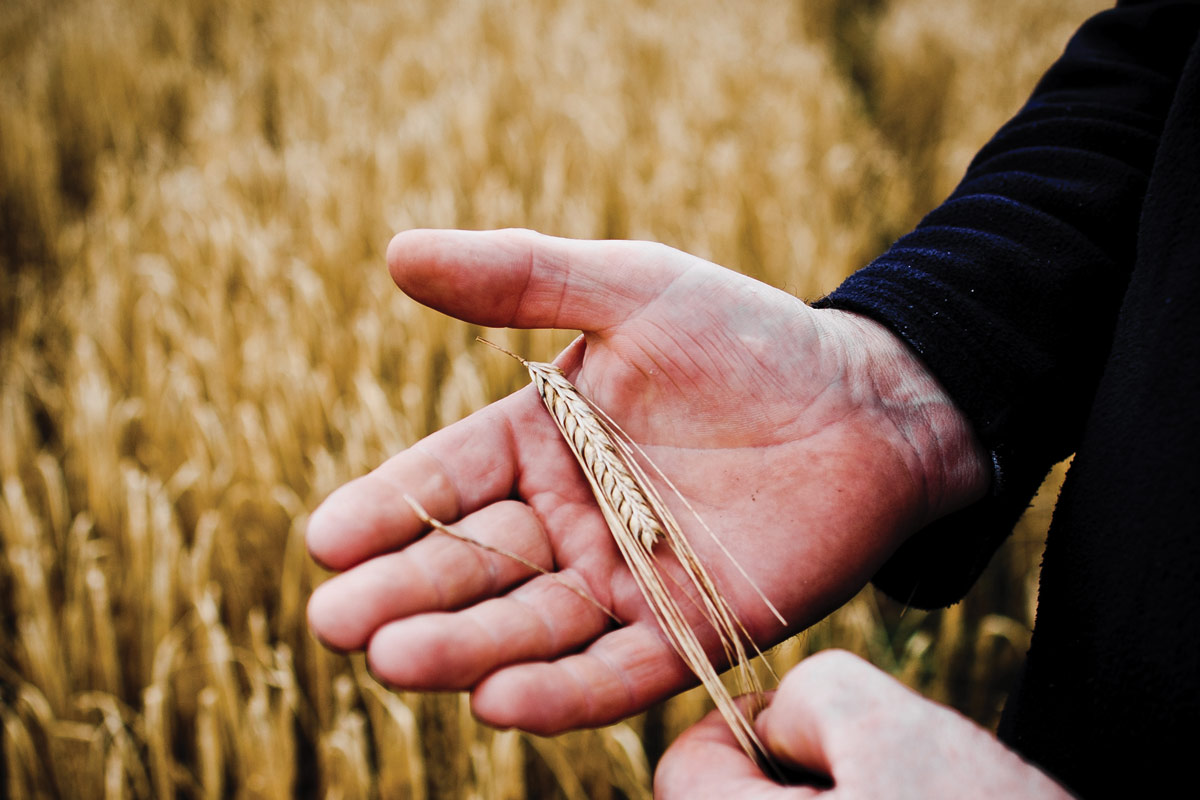
How did you and your team learn about biodynamic farming practices?
Mark Reynier, the former managing director of Bruichladdich, was very interested in biodynamic farming practices. This was partly due to his friendship with Olivier Humbrecht, the Master of Wine at Zind-Humbrecht in Alsace, France who are pioneers in biodynamic viticulture. As a result, some years ago, we did some experimental distillations using biodynamically grown barley, which continue to mature and be monitored in our warehouses.
Can you describe how the local barley for the Islay Barley expression creates a unique flavor profile?
We are fascinated by provenance, traceability, and terroir. There is a deep emotional connection to the idea of spirit distilled from Islay grown barley. Being a native Ileach, I’m very proud about the connection to the land and the people of Islay. However, I can’t say that a spirit from Islay-grown barley is better than a spirit distilled from barley grown on the Scottish mainland. Only that it is subtly, but clearly different. We believe that our determination to demonstrate this is of fundamental importance to our work in making the most thought-provoking whiskies in the world.
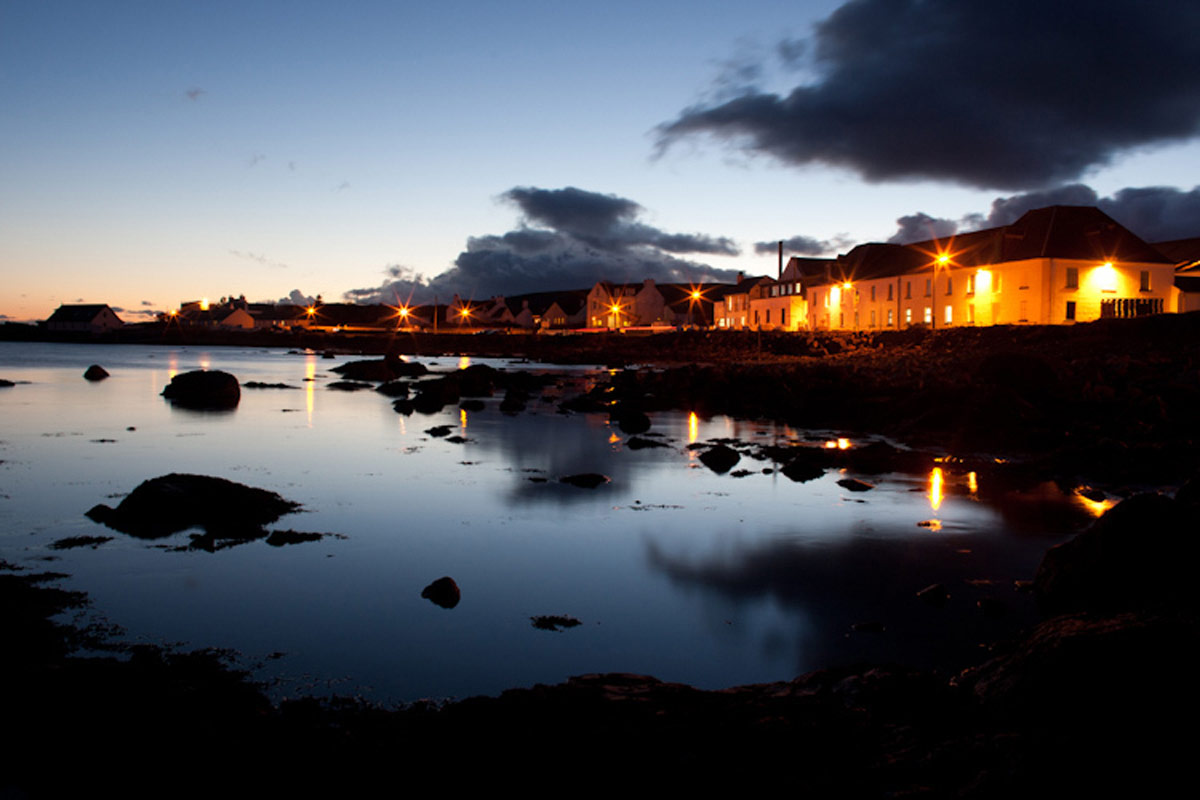
Do you have a favorite expression?
The Islay Barley Rockside Farm 2007. It is young, seven years old. Like the French we believe in terroir. We put the name of the farmer and his wife on the bottle. We tell you the name of the farm. It’s strong. You get that lovely sweet flavor. That’s Islay barley for sure. Maturing by the ocean, the casks are absorbing the salty moisture into the oak that will give you a honey and lemon citrus note and a marine flavor coming from the sea. From the yeast we get floral notes. The American bourbon casks we use are heavily charred. That gives you crème brulee, deep sugar, caramelized. It’s clean, pure.
Two new Bruichladdich expressions, The Port Charlotte Islay Barley and the Octomore 6.3 Islay Barley, will be introduced at the beginning of April. The Octomore is the first 100% Islay grown barley in the Octomore range.
Studio image by Cool Hunting, all other images courtesy of Bruichladdich

